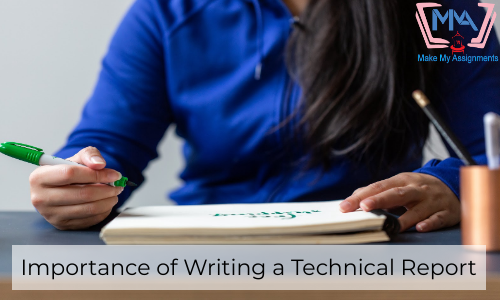How to write a POSITION PAPER
A position paper is referred as an essay which presents an opinion about some issue, typically of the author and other specified entity like some political party. Also, position papers are even published in some academia, in politics, law and various other domains.
Position paper writing often range from the simplest format of the letter to editor through and even to the some of the most complex one in the form of an academic position paper. Position papers are even used by some large organizations for making public some of the official beliefs and recommendations of various groups.

The main purpose of the position paper is mainly generated support on some concerned issue. It usually describes a position on any issue and the main rationale for the concerned position. Position paper is mainly based on some facts which provide some solid foundation for your argument.
In the position paper one should:
-
Use some evidence for supporting his/her position, such as some statistical evidence or even dates and events.
-
One should validate position with various authoritative references or primary source quotations.
-
Examining the strengths and weaknesses of the said position.
-
Evaluating possible solutions and suggesting effective courses of action.
The main goal of the position paper is convincing the audience about the opinion being valid and worth listening to. Ideas which are considering often need to be examined carefully while choosing a topic, development of an argument, and organizing the paper. It is important to ensure that all sides of the issue are well addressed to and presentation of it in such a manner that it is easy for the audience to understand.
One’s job is to take one side of the argument and persuading the audience that he/she has well-founded knowledge of the topic being presented. It is important to support the argument with the evidence to ensure validity of one’s claims, as well as for addressing the counterclaims for showing that one is well informed about both sides.
Position papers are mainly one to one-and-a-half pages in length. The position paper should include some brief introduction being followed by some comprehensive breakdown of one’s country’s position on the topics which are being discussed in the committee. A good position paper will always provide facts along with making proposals for resolutions.
Many conferences will often ask for specific details in the position paper, so there should be inclusion of all the required information. Most conferences will provide delegates a background guide to the issue. Usually, the background guide will contain questions to consider. Make sure that your position paper answers these questions.
Issue Criteria
To take a side on the subject, one should first establish the argument of the said topic that is in interests. Ask for the following questions for ensuring that one will be able to present a strong argument:
-
Is it a real issue, with genuine controversy and uncertainty?
-
Can you distinctly identify two positions?
-
Are you personally interested in advocating one of these positions?
-
Is the issue narrow enough to be manageable?
-
Analyzing an Issue and Developing an Argument
-
Once the topic is selected, there should be some research on the subject matter.
While one may already have an opinion about the topic and an idea about the side of argument which will be addressed, one should ensure that his position is well supported. Listing out the various pro and con of the topic which will help to examine the ability to support the counterclaims, along with a list of supporting evidence for both sides. Supporting evidence includes the following:
Factual Knowledge – Information that is verifiable and agreed upon by almost everyone.
Statistical Inferences – Interpretation and examples of an accumulation of facts.
Informed Opinion – Opinion developed through research and/or expertise of the claim.
Personal Testimony – Personal experience related by a knowledgeable party.
Once the pro and con list has been made, compare information side by side. Considering the audience, as well as own viewpoint, choosing upon the position you will take.
The following structure is typical of a position paper:
• An introduction
• Identification of the issue
• Statement of the position
• The body
• Background information
• Supporting evidence or facts
• A discussion of both sides of the issue
• A conclusion
• Suggested courses of action
• Possible solutions
The introduction should identify the issue and it should state the author’s position. It should be written in a way that it catches reader’s attention. The body of the position paper can contain several paragraphs. Each paragraph should be presenting an idea or some main concept which clarifies a portion of the position statement and is well supported by evidence or facts. Evidence can be some primary source quotations, statistical data, interviews with experts, and indisputable dates or events. Evidence also should lead, through some inductive reasoning, main concept or idea presented in the paragraph. The body can begin with background information and it should incorporate discussion on both sides of the issue.
The conclusion should also summarize main concepts and the ideas and should reinforce, without repeating introduction or body of the paper. It could even include some suggested courses of action and various solutions.
A good position paper will include:
-
A brief introduction to country and history concerning the topic and committee
-
How the issue affects the country
-
The country’s policies with respect to the issue and along with country’s justification for these policies;
-
Quotes from the country’s leaders about the issue;
-
Statistics to back up your country’s position on the issue;
-
Actions taken by the government with regard to the issue;
-
Conventions and resolutions that the country has signed or ratified;
-
UN actions that the country supported or opposed;
-
What country believes should be done to address the issue;
-
What does country would like to accomplish in the committee’s resolution; and
-
How the positions of other countries affect the country’s position.
If you need help with your assignments, marketing assignment help, finance assignment help, law assignment help, accounting assignment help, etc. Then contact Make My Assignments to work for you.




